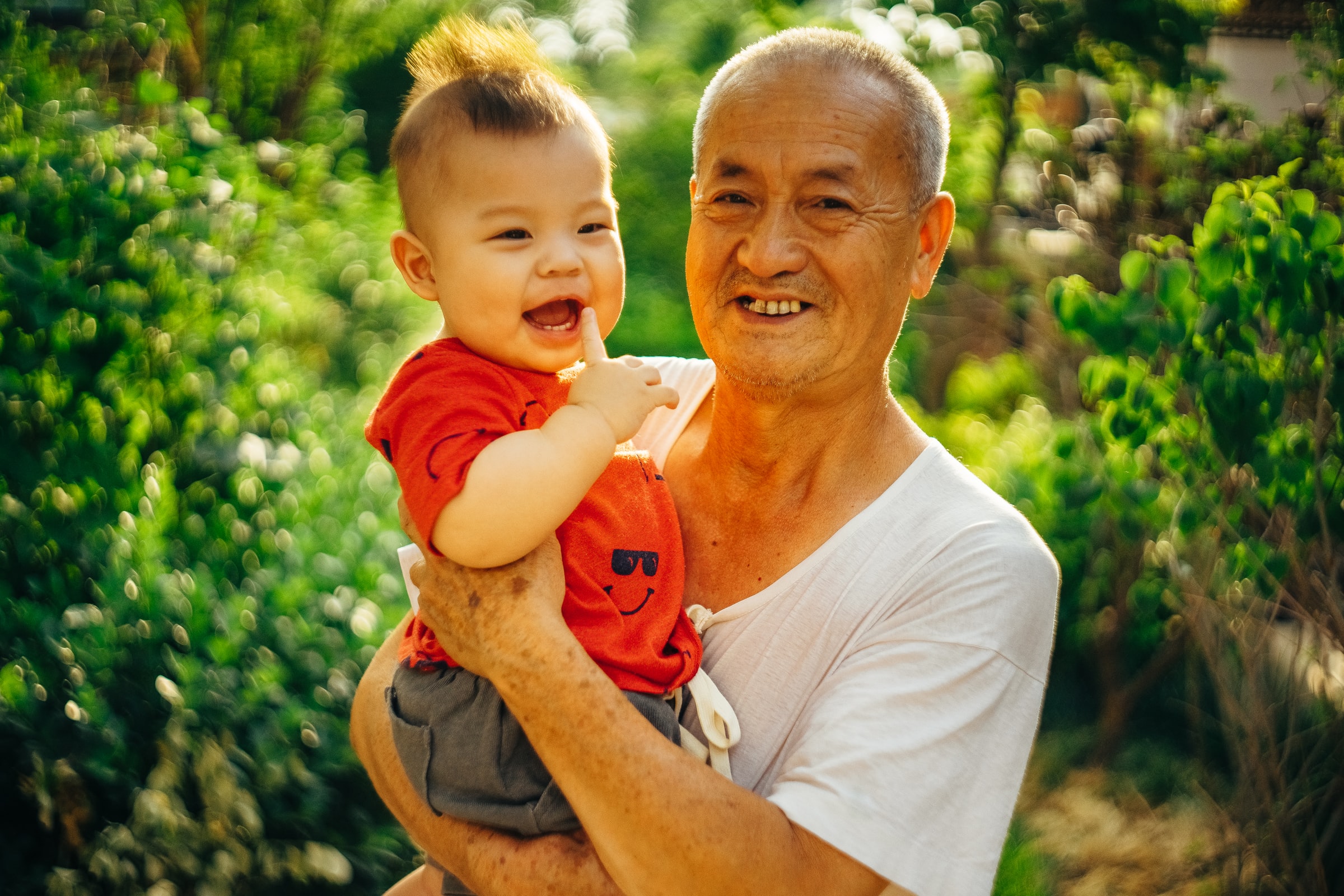Should I visit my grandchildren? Misunderstanding the vaccine 90% number

Photo by Dragon Pan on Unsplash
I’ve been vaccinated. Is it safe to visit my grandchildren?
I shared a recent Zoom call with a woman who is fully vaccinated against COVID-19. “Fully vaccinated” means she is at least 14 days past her second dose of one of the mRNA vaccines made by Moderna or Pfizer.
This woman has not seen her grandchildren in person in over a year, and she desperately wishes to do so. But she still will not. I had to ask. Why?
She didn’t use this word, but the answer was innumeracy.
Innumeracy is the math equivalent of illiteracy. It’s rampant, and unlike illiteracy it’s socially acceptable. How often have you heard someone publicly say, “I’m not good at math” compared to, “I’m not good at reading”? Innumeracy isn’t necessarily an inability to do arithmetic or even simple algebra. It’s the inability to use and understand numbers in everyday life.
The specific example of innumeracy at play here is this. My friend has a relative in the health care profession. That relative told her that even with the vaccine, she should avoid contact with her grandchildren because even vaccinated people have a 10% chance of getting COVID.
My stomach flipped. This interpretation is wrong, wrong, wrong because of a simple mathematical misunderstanding.
The data on vaccine efficacy, and what they mean
“Prospective cohorts of 3,950 health care personnel, first responders, and other essential and frontline workers completed weekly SARS-CoV-2 testing for 13 consecutive weeks. Under real-world conditions, mRNA vaccine effectiveness of full immunization (≥14 days after second dose) was 90% against SARS-CoV-2 infections regardless of symptom status.” (CDC)
Most people understand that 100% is a whole. So they see “90% effective” and calculate that means the vaccine fails 10% of the time. Then they make the error: they conclude this means vaccinated people still have a 10% chance of getting COVID. 1 in 10. Very high. Terribly high. Too much risk to hug your germy little rugrats.
No, no, no. Fully vaccinated people don’t have 10% of a 100% chance of catching COVID. They have 10% as much chance of catching COVID as unvaccinated people do.
These two quantitative risk measures are totally different.
If my fully vaccinated friend had a 1 in 10 chance of contracting a deadly disease from her grandkids, that would indeed be a big problem. But that’s not the case.
What are the actual odds?
In the previously cited CDC report, scientists recruited a cohort (group) of real people working on the front lines (health care, first responders, etc.) in eight American cities and towns, for three months starting in mid-December. During the study period, some got vaccinated; some did not. Participants took a COVID test every week, whether they had any symptoms or not.
Positive COVID tests occurred in unvaccinated participants at a rate of 1.38 per 1,000 person-days. That means if a business had 725 employees, about 1 of them tested positive for COVID every day. Or, if you were one of those employees, your chance of having a positive test on any given day was 1 in 725.
In contrast, among fully immunized persons, the study found 0.04 infections per 1,000 person-days. That means to have one employee test positive every day (on average), a business would need to have 25,000 employees. Any one vaccinated employee on any given day would have a 1 in 25,000 chance of testing positive.
These specific numbers will vary a lot depending on who and when and where. I consider them to be high risk estimates because (1) these were all frontline workers; and (2) at the time of this study, COVID was running at its highest peak in the US.
So your generic risk of catching COVID-19 after being fully vaccinated with one of the mRNA vaccines is at least thousands of times less than 10%. It’s really, really low.
As icing on the cake, consider this study measured COVID positivity using the most sensitive test we have (RT-PCR). We can assume that most of the people who tested positive for the virus either had mild or no symptoms at all. These vaccines are more than 90% effective at protecting you from getting really sick. Pfizer just released data from a study in which their vaccine was 100% effective in preventing severe disease (source). And for the most extreme outcome—death—the mRNA vaccines are so good that no vaccinated person in a study has died of COVID-19.
Go hug your grandbaby
What’s the practical significance of all this?
Fully vaccinated people need to start unlearning the fear. We have been blessed with a miracle: safe vaccines that are effective beyond my wildest dreams. We need to get everyone vaccinated. And then we need to live our lives in community, in gatherings, in parties, weddings, sports games, concerts, funerals, and bars. The SARS-CoV-2 coronavirus will not go away. But after vaccination, the risk of COVID should fade into the background of the many small risks of everyday life.
Have you been vaccinated yet? If you live in California and are age 16 or older, you’re eligible now!
Visit https://myturn.ca.gov/ to find appointments for a FREE vaccine near you.
Amy Rogers, MD, PhD, is a Harvard-educated scientist, novelist, journalist, and educator. Learn more about Amy’s science thriller novels, or download a free ebook on the scientific backstory of SARS-CoV-2 and emerging infections, at AmyRogers.com.


